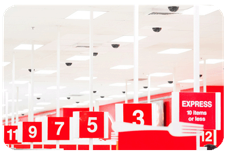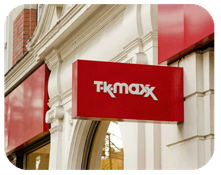 Over the last few years, large retailers have become increasingly vulnerable to attacks by hackers looking to steal important company and customer data. In order to prevent these breaches, stores across the nation are upgrading to new credit card readers that scan an embedded chip rather than the card’s magnetic strip. Each transaction on a chip-card receives its own unique code, making shopping safer for consumers and companies alike. 575 million of these new cards are expected to land in Continue reading
Over the last few years, large retailers have become increasingly vulnerable to attacks by hackers looking to steal important company and customer data. In order to prevent these breaches, stores across the nation are upgrading to new credit card readers that scan an embedded chip rather than the card’s magnetic strip. Each transaction on a chip-card receives its own unique code, making shopping safer for consumers and companies alike. 575 million of these new cards are expected to land in Continue reading







